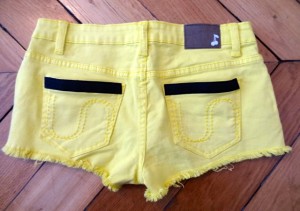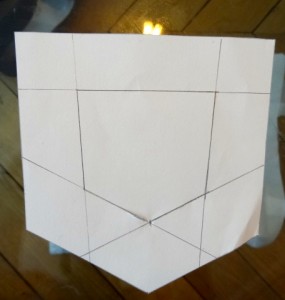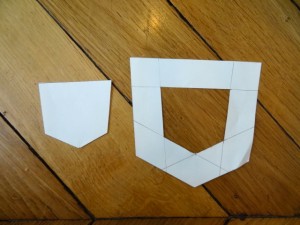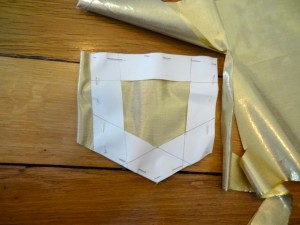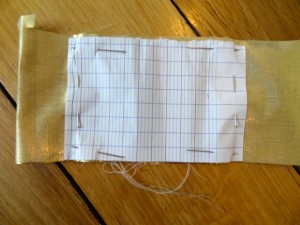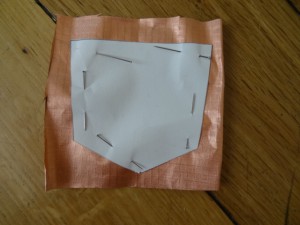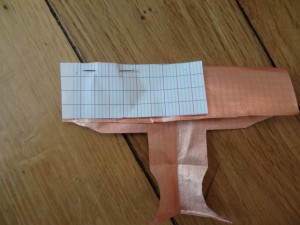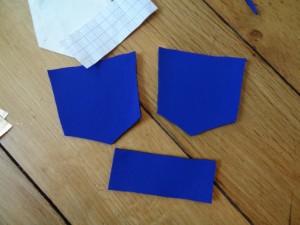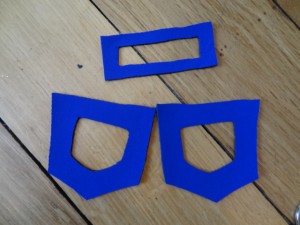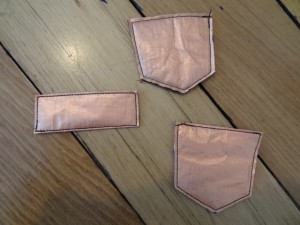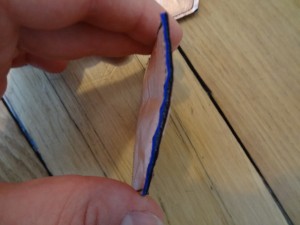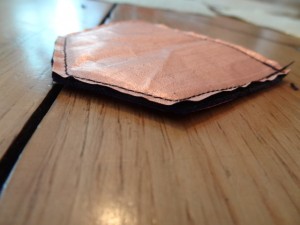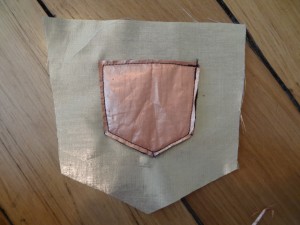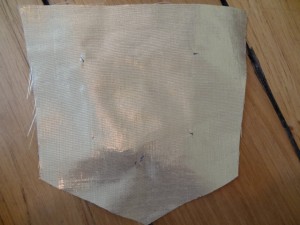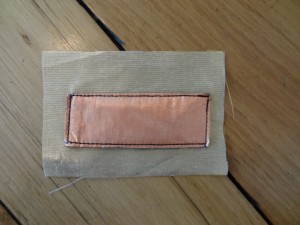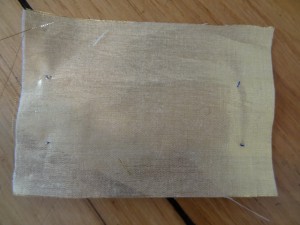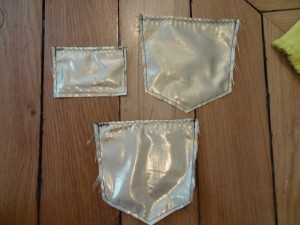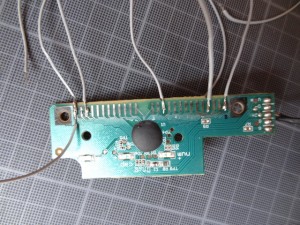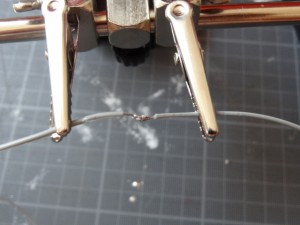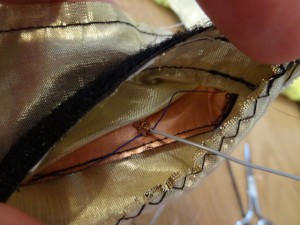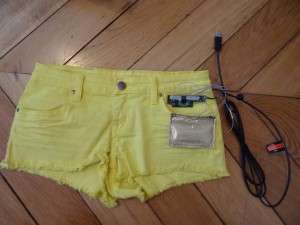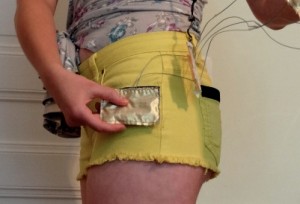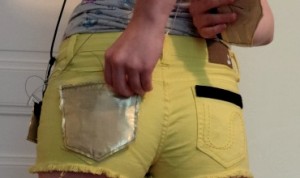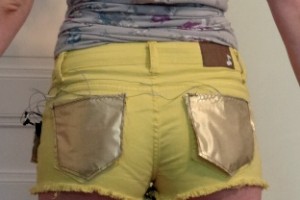To begin, you will need to hack a basic keyboard !
HACKING YOUR KEYBOARD
This isn’t as hard as it sounds. Purchase the cheapest keyboard you can find with a USB port (or simply use an old one you have). Then turn it up-side-down and remove all of the little screws. After ALL the screws are out the keyboard should be easily pried open… once inside you should see a rubbery layer with small protrusions under every key, as well as a thin layer of transparent plastic with metallic or green lines on it. We don’t care about these. Lift them both out of there and you should be able to visually locate the small circuit board (usually green with a bunch of silver or copper dots/lines on it and the USB wires connected to it.) More than likely this will also be screwed down, with even tinier screws, so next is to get a smaller screw driver and remove those. Once your circuit board is free, you will be able to lift it up off of the main plastic frame of the keyboard. (The USB cord and wires should still be attached only to the circuit board). On the circuit board there will be a series of small black lines (it’s a type of varnish), that you need to scratch off using sandpaper to uncover the copper or silver conductive part underneath. These small lines are organized into two groupings, the left side set of lines (mine had 14) and the right side grouping (mine had 12).
Now comes the fun part – get a small wire (approximately 10cm in length) and strip the ends about 4mm. Now you can plug the USB into the port on your computer and use the ends of your wire to complete the circuit between the left and right sides of the small conductive lines, and see what control on your keyboard it activates.
Once you find the combinations of circuits that control the keys you want to use to either play a game on your computer, or turn on music or dim the light on your screen… there are hundreds of possibilities… you can get to work.
Let’s make some GAMIN’ SHORTS
You will need:
– a pair of shorts
– velcro
– paper
– pen
– scissors
– fabric (non-stretch)
– pins
– conductive fabric (non-stretch)
– neoprene/foam/felt
– insulated wire
– solder
– conductive thread
– non-conductive thread
– a sewing machine or a needle (or both)
First step is to cut and sew either the soft or hard side of the velcro (keep it consistent) onto the top of the two back pockets of your shorts and the bottom half of one front pocket. Make sure when you attach it that you don’t sew your pockets shut!
Use some paper to trace the back pocket in order to create a pattern. Draw also a smaller version inside the pocket pattern in the form of what you want to be your button.
Then cut out the inside version to create a pattern for your back buttons.
Pin your pocket pattern on your fabric and cut it out 4 times. (Do not cut out the inner hole!)
Create a rectangle the length of the front pocket velcro and however deep you want it to be. Cut it out twice in your fabric.
Now pin your button pattern to your conductive fabric and cut it out 4 times also.
Make a rectangle pattern that fits in the center of your front pocket pattern and cut it out twice in conductive fabric.
Cut your button pattern out twice in neoprene (or felt or foam).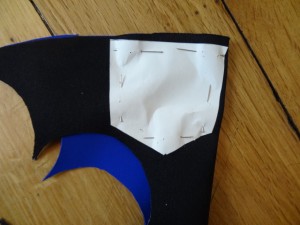
And once in neoprene with your front button pattern.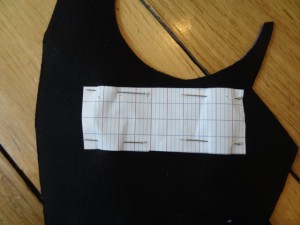
You should have these three pieces…
Now cut holes in the centers. (Make your holes smaller than mine because my buttons are a little too touch sensitive.)
Next step, make your buttons! You will layer one layer of conductive fabric, the neoprene and then on top another layer of conductive fabric. Then use non-conductive thread to sew them shut. You now have your buttons.
Place each button at the center of one piece of your real fabric and stitch them down at the corners with non-conductive thread.
Front:
Back:
Front:
Back:
Attach the remaining pieces of velcro (whether it is the soft or hard sides that you didn’t already attach to the shorts), to the top back of each pocket piece you just attached the buttons to. Use non-conductive thread.
Now you can close up your pockets using non-conductive thread and a sewing machine if you have one. However, like any regular pocket, do NOT sew shut the top opening which gives you access to the button on the inside.
NEXT, WIRING:
Organize and strip the ends of your wires. After hacking you keyboard and deciding which keys you want to use based on your experimentation, you should jot down the number combination to create each action on your computer.
In this example, I will be using the space bar key (which I will attach to the front pocket button), the down key (which I will attach to the back left pocket button), and the up key (which I will attach to the back right pocket button). To achieve these actions with my USB plugged into my computer I need to complete the following circuits:
Space bar: Left 1 / Right 12
Down Key: Left 4 / Right 12
Up Key: Left 12 / Right 10
*Left refers to the left side of the grouping of small conductive lines that you sandpapered earlier, and Right refers to the right side grouping of these conductive lines. The numbering I used was left to right for both the left side grouping and the right side.
Now, using your role of insulated wire, you will need to measure out two pieces of wire that reaches from the inside of the front shorts pocket to each of your buttons.
(In total you should have six wires. Two small in length to connect inside your front pocket to the button on the front pocket, two medium wires to connect inside your front pocket to the left back pocket button and lastly two longer wires to connect inside the front pocket to the button in the right side back pocket.)
Strip both ends of each wire about 4-5mm.
Time to solder. For this you will need a soldering iron, a helping hand (which has alligator clips to hold things in place while you solder), and solder. Please verify with an instructor or How To video beforehand, to make sure you remember how to solder correctly.
Just briefly, clip your circuit board in place with one alligator clip. Then position the tip of the corresponding length of wire to the correct number and grouping of conductive lines.
Example: as seen in the photo below, I have attached one end of one of my short wires to Left 1 and one end of the other short wire to Right 12. If you touch the two free ends together (after they are soldered on) this should activate your space bar command.
Once your soldering iron heats up hold it down for about 7 seconds on the circuit board and wire you wish to solder, then apply the solder to the iron and board. The solder will melt holding your wire in place on the board.
JUST IN CASE: IF you need to solder wires together to make a longer wire to reach the farthest pocket, hook the stripped ends of two wires together and solder on top of them.
It should look like this.
Now use conductive thread to attach each side of your corresponding wires to one side each of the conductive fabric of your corresponding button.
For me this meant: the shortest wires were connected to my front pocket button, my medium two wires where connected to my back left pocket button, and my longest two wires were connected one on each side of the button in the back right pocket.
The idea behind your button is that the neoprene layer creates a barrier between the two pieces of conductive fabric until it is pushed. Now each side of conductive fabric is attached to one wire, which is connected to one side of the command on the circuit board -like Left 1 – and the opposite side of conductive fabric is connected to the other wire, which is soldered to Right 12. So when you press on your button (where you cut a hole), the two conductive paths are completed and this activates the space command on your computer.
Once all wires are attached to the correct buttons, you’re done! You can pop your circuit board in the front pocket to keep it safe.
And velcro attach your pockets where they belong.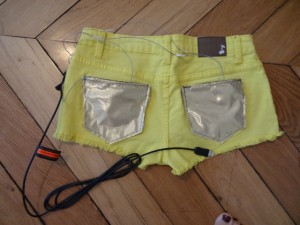
But sometimes it’s easier to put your gamin’ shorts on first!
Then to attach your front pocket.
And place the circuit board safely in your pocket.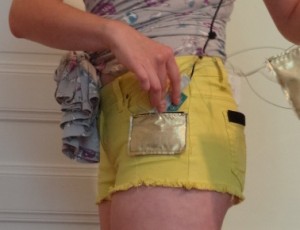
Then attach each back pocket.
And voilà ! You’re now ready to plug in your USB cord to your computer and get gamin’.
(Left: Down) (Right: Up)
I chose to play Chuck the Sheep game, which uses all of my control buttons.
I will need the space bar to launch the sheep, then up and down to navigate through dangers as the sheep presses onward.
Copy/paste this link: http://www.games.fm/chuck-the-sheep.html
into a new browsing window so you can play Chuck the Sheep too!



